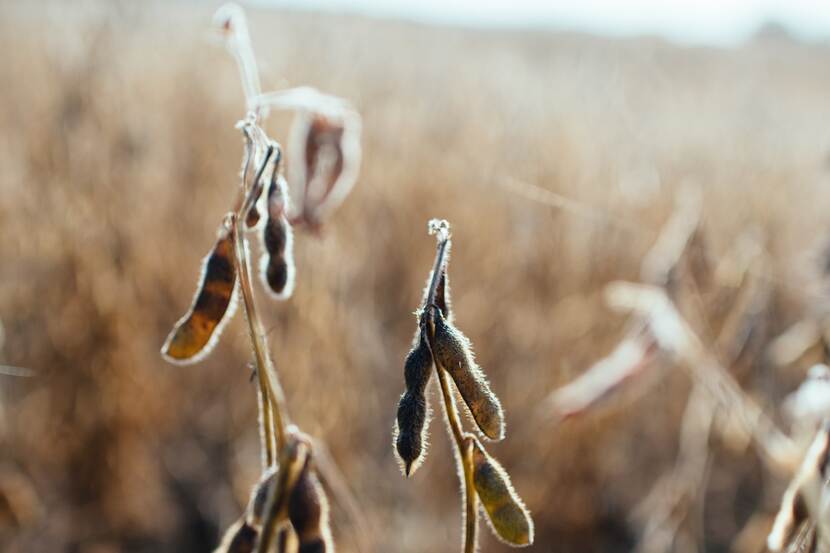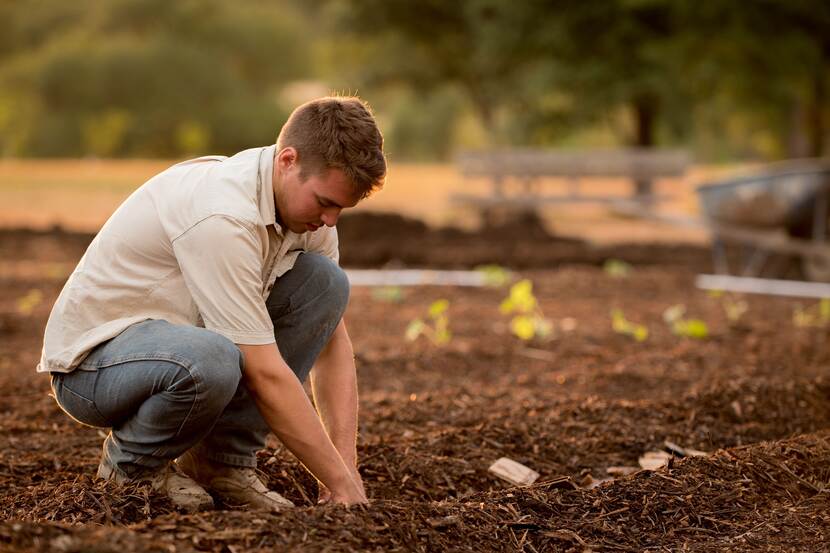Serbia: the price of soybeans at a historic high
The soy-bean producing powerhouse of Southern Europe can now sell at the highest price in her history, and the figure is still rising.

In Serbia, there has been no example so far of buyers paying €0.8/kg for soy beans – Until now. The price this year is almost twice as high as it was in 2020. Growers are in no hurry to sell, preferring to hold the produce back, hoping its price will rise further.
Soy bean is not the only crop which drastically increased in value this year. The price of grain corn rose by 73% in one year. Today €0.22/kg is the price of corn, which means that the price has risen back to where it was 10 years ago. According to agricultural economists, the rise in prices since the autumn is still not over, and this also applies to the prices of wheat, corn, sunflower, cooking oil and margarine.
Cooking oil currently costs €1.5 per liter in stores. According to Serbian agricultural economists, the increase in demand for raw food materials is due to the worldwide fear of the coronavirus pandemic.
As a result, the developed countries of the world have started to build up stocks again, leading to an increase in demand and rising prices. Experts say that this trend could last until the middle of next year. The demand for maize is also reflected in the fact that feed manufacturers are already willing to pay €0.17/kg in advance for this year's produce, four months before the harvest.
Sowing has become more expensive says Mrs Sunčica Saković, the Director of the Association of Cereals and Oilseeds of Serbia. The Association recently reported that Serbia still has 158 thousand tons of soybeans in reserve and that the country exported 142 thousand tons of soybeans from last September until April, about 27 thousand tons less than one year ago.
The situation has been favorable for Serbian plant growers, as the good weather allowed them to have a bountiful harvest in 2020 and close a good year.
Moreover, Serbian soybeans are a highly sought-after product in the world. This is due to the fact that they are non-GMO crops. Serbia, unlike the countries of South America, is not allowed to grow GMO soybeans, so buyers are willing to pay a much higher price for it.
However, high prices and the ever-increasing worldwide demand for cereals is not good for livestock farmers. The traders have pushed down domestic prices with cheap imported meat, leaving livestock farmers in an even more hopeless position due to rising prices for the two most important feed components, corn and soybeans.
If we add to this that the price of bran used as feed is at the same level as the price of bread flour, it is clear that none of the price makers of agricultural market products are concerned with the fate of pig farmers or poultry fatteners. Parallel to the rising prices for protein and oilseeds, as well as cereals, the costs of spring sowing in Serbia have also risen this year. According to growers, seed and fertilizer will cost 20% more in 2021 than a year ago.
Wait. There's more. We've put these together for you.
Before you go - the Budapest-Belgrade team brings you curated newsflashes every Friday afternoon. These are quick, digestible, to-the-point briefings about all the latest developments in the Serbian and Hungarian agro sectors.
Today we bring you:

In the latest Serbia Newsflash, you can find out more about how free movement is coming to the "Mini-Schengen," soaring raspberry prices, a QR code innovation in export, the Serbian success in China, EU fund allocations, and pandemic travel news

In this week’s Hungary Newsflash, you can read about the appearance of bovine tuberculosis, new precision agro subsidies, Hungarian food sector R&D, a water disaster approaching on the horizon, new EU Protected Geographical Indications, increasing land prices and the lingering effects of the pandemic.